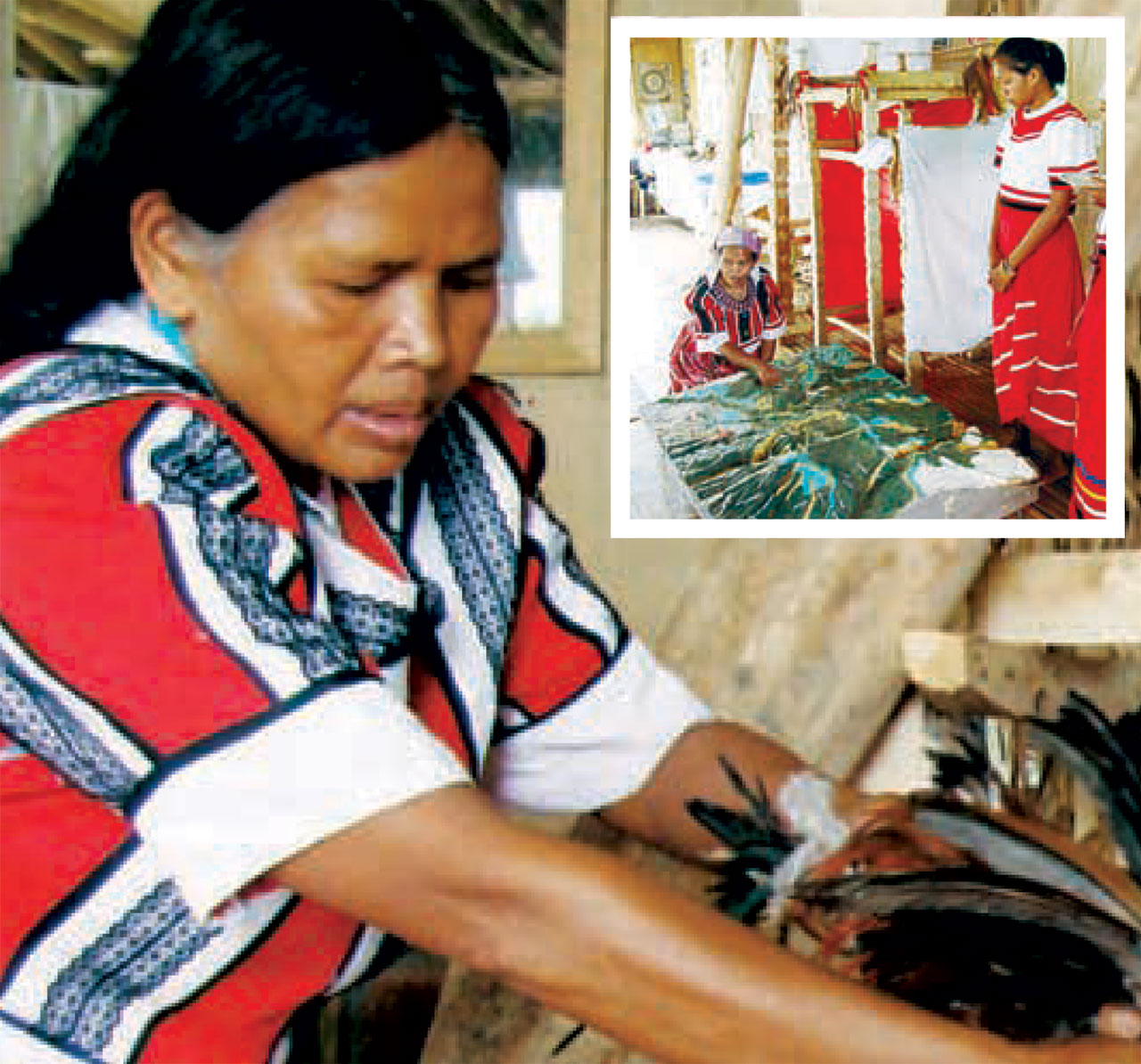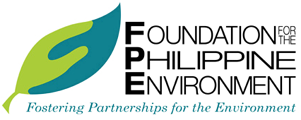Impact Stories
Indigenous Peoples Power
Posted on March 11, 2014|
Project Title: Indigenous Peoples Support Fund (IPSF), Year 2
Year: 2011
Grant Type: Advocacy
Site: National
Proponent: Samdhana Institute
|
The indigenous peoples (IP) of the Philippines continue to be one of the most marginalized sectors in the country—politically, economically, socially, and culturally. They exercise limited control over their own domains where they are the biggest stakeholders and which are usually key biodiversity areas, as well. They are both disenfranchised from and vulnerable to the development of their ancestral domain. They are disempowered from their traditional and rightful roles as stewards of their land, environment, traditions, culture, and way of life.
Exacerbating the indigenous peoples’ diminished roles as custodians of their ancestral domains despite their own efforts and initiatives is the difficulty in accessing the necessary funding and support because of legal and technical requirements. The proponent, Samdhana Institute, continues to address this gap through the Indigenous Peoples Support Fund (IPSF).
IPSF strives to halt the cycle of poverty, powerlessness, and environmental degradation by providing support where such support is scarce or even unavailable. IPSF aims to provide IP communities and organizations access to start-up financial support that is simple and non-bureaucratic, immediate and responsive, and strategic. It is committed to nurturing grassroots leaders and organizations. It supports non-partisan and non-violent action for social change. All these endeavors are conditioned on the respect for local knowledge and experiences.

IPSF was envisioned as a pool of resources from various international and national/local donors that provide an accountable, transparent, relevant, and responsive channel to support programs and projects for the amelioration of indigenous peoples in Southeast Asia. The Foundation for the Philippine Environment (FPE) continues to raise funds for IPSF in the Philippines. During the first year of partnership (October, 2008 to November, 2009), 27 proposals amounting to more than three and a half million pesos were successfully processed and granted.
The second year of partnership with FPE was from November, 2010 to June, 2011 or within the current fiscal year that is the subject of this annual report.* FPE’s commitment for this period is two million pesos although other donors have been tapped by the Samdhana Institute.
With the continued support of FPE, the IPSF is envisaged to leverage the financial assistance available in supporting IP initiatives in the sustainable management of their resources and ancestral domains. Again, this is within the IPSF’s mandate of setting building blocks for sustainability among IP communities towards economic and political empowerment. With clear community development plans, adequate financing, and the right support network, indigenous peoples would be able to pursue initiatives that are in line with their collective aspirations, allow them to follow their independent path, negotiate with government and business on an equal basis, and enable them to pursue sustainable alternatives.
For a three-year period (2009-2011) of giving small grants to IP groups and projects, the following objectives were set: (1) to strengthen indigenous peoples’ leadership visioning for self-determination; (2) finding building blocks for the recognition of and support to ancestral domain holders to protect ancestral lands; and (3) developing skills in leadership and sustainability for IP leaders focusing on sustainable management options and wise use of ancestral lands.
Within the three years, the following outputs are targeted: development and implementation of the Ancestral Domain Sustainable Development and Protection Plan (ADSDPP) in at least five ancestral domain claim holders/applicants in key biodiversity nodes entered into with key stakeholders; activities leading toward a locally evolved working document (with vision and action plan) for the sustainable management options for these select nodes; and at least ten leadership and sustainability trainings among IP leaders.
Among the groups supported are Kitanglad Integrated NGOs Bukidnon (KIN), Cordillera People’s Alliance (CPA), Caniolan Tribal of Old Guinlo Municipalities Association (CTOGMA) in Palawan, Kaluman Manobo Dulangan Organization (KMDO) in Sultan Kudarat, IP Apostolate in the Diocese of Malaybalay in Bukidnon, and Safad Upliftment Center for Community Development Inc. (SUCCED) in Maguindanao.
Common to these endeavors is active community participation in all stages of the project: planning, implementation, monitoring and evaluation. Having an inclusive and consultative internal process wherein the members of the targeted community put together their ideas and plans, package them into a simple project, and make the proposal to access funds would generate and reinforce community/grassroots support for the said project. In the process of mentoring and facilitating residents of the community to ensure the project’s maximum impact and output, Samdhana Institute is cognizant that it can only provide to the community guidance, technical support and the necessary networks, but it is the community that finally determines what it really wants to achieve.
Also significant is the community’s underlying environmental consciousness, in particular, regarding pressures on natural resources. For example, a proposal that aims to augment income through agriculture must come with the recognition from the community/organization that there is an interwoven environmental issue — that of subsistence versus conservation. The challenge for Samdhana Institute and its partners is to address concerns of livelihood on one hand, and environmental protection and conservation on the other; what could best be produced or developed by tribes amongst their community-based assets, given their vast domains, the available resources within, and the geographical and cultural contexts of such resources, at a scale that is economically viable and yet not disruptive to the balance of nature and the ecology.
Partners of Samdhana and beneficiaries of IPSF have lauded this endeavor of providing support to IP communities. One such endeavor is the Daraghuyan Ancestral Domain: Bukidnon Tribe Kasinatian. This area is home to five tribal clans with a population of about 3,000 indigenous peoples and a land cover of more than 4,000 hectares.
Bae Inatlawan Adelina Tarino, a leader in the area, narrated that before the Samdhana’s partnership in a livelihood/agricultural project, the residents of the area had to leave for towns and cities to get jobs. With the guidance of a Samdhana facilitator, the cultivation of crops expanded to include lemongrass, cassava, sunflower, and strawberry. Through inter-cropping, improved strawberry and abaca stocks from a tissue culture lab, use of sunflower seeds to feed chicken, and the use of agricultural methods that were not harmful to the environment, an increase in yield and earnings was realized.
“Our people had to go to urban areas to eke out a living. Now, we are back. Gambling and drinking have stopped. People are all busy. The projects of Samdhana restored our pride, dignity and hope,” reported Bae Tarino. “We have also started planning the structure and financial management for our livelihood. (We are determining) the strengths of our Council of Elders and we have started planning how to establish our self-governance.”
The continuing struggle and commitment of indigenous peoples towards their self-determination and self-governance, the development of their ancestral domains and sustainable management of their natural resources, and the formation and strengthening of their leaders and communities are the inspiration of the Samdhana Institute in doing the IPSF.
The Samdhana Institute, a leading center for social and environmental renewal in Asia, is the ideal partner given its solid track record in strengthening leadership in civil society; in supporting efforts to increase understanding, development and implementation of Asian methods for conflict management and resolution, with a focus on conflict over access to and management of natural resources; and in assisting local communities to articulate existing systems of natural resources management and improving upon the economic and environmental performance of these systems.
The objectives of Samdhana Institute are to offer opportunities as well as support for individuals and groups to remove themselves from their immediate environment and reflect upon and communicate their experience and ideas; to enhance and enrich understanding of innovative approaches to sustainable resource management and broaden options for local communities; to support efforts to increase understanding, development and implementation of appropriate methods for conflict management and mediation, with a focus on conflict over access to and management of natural resources; to facilitate individual, inter-group and community learning and skills sharing; and, to provide small grants for community members, groups, their partners and support organizations to implement key activities related to these purposes.
* * * * *
Originally published in the Foundation for the Philippine Environment Annual Report 2011.

 DISPLAY CALENDAR
DISPLAY CALENDAR
 Read Policy Briefs
Read Policy Briefs
 View Our Partners
View Our Partners
 Access Grants MIS
Access Grants MIS
 Login to Webmail
Login to Webmail